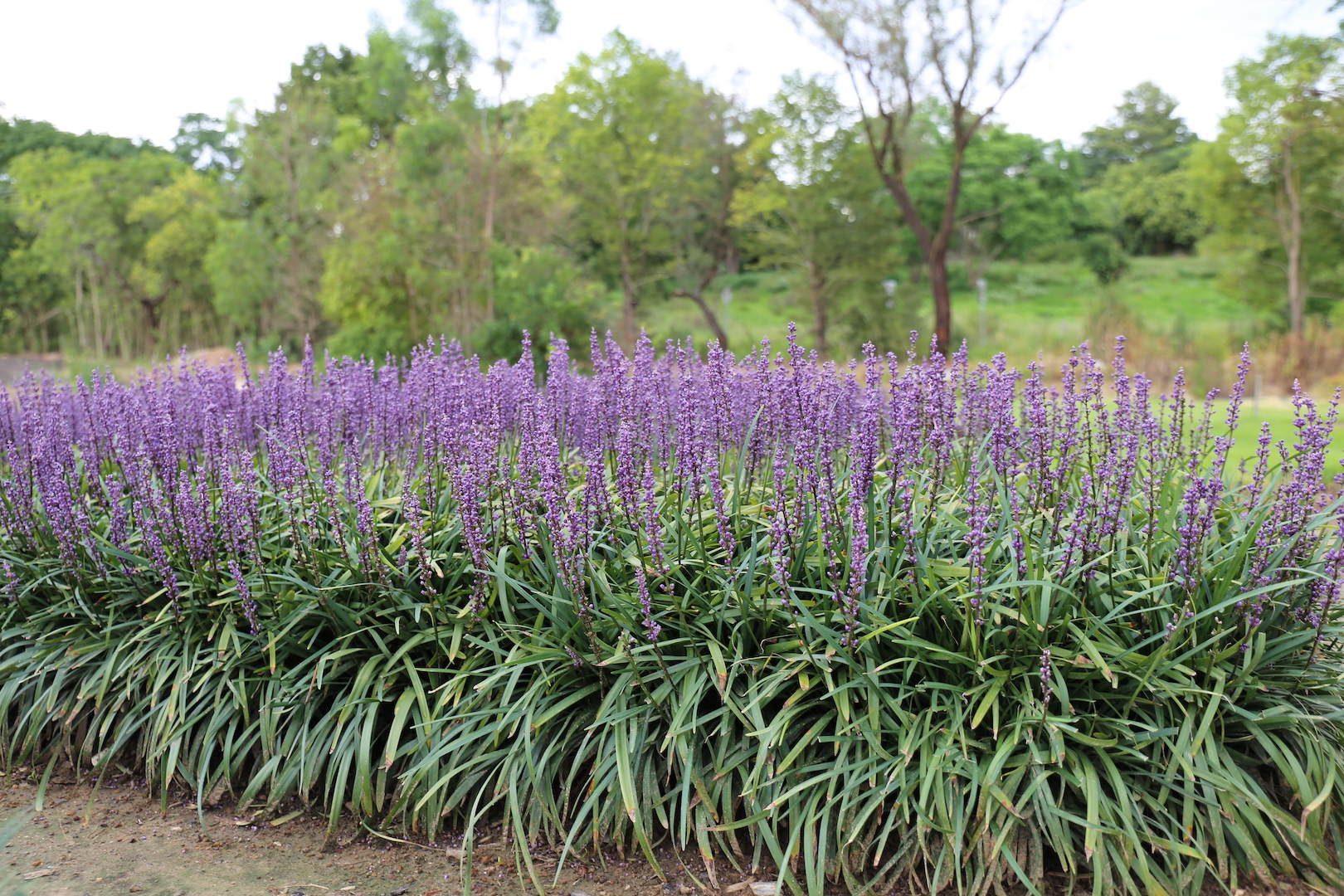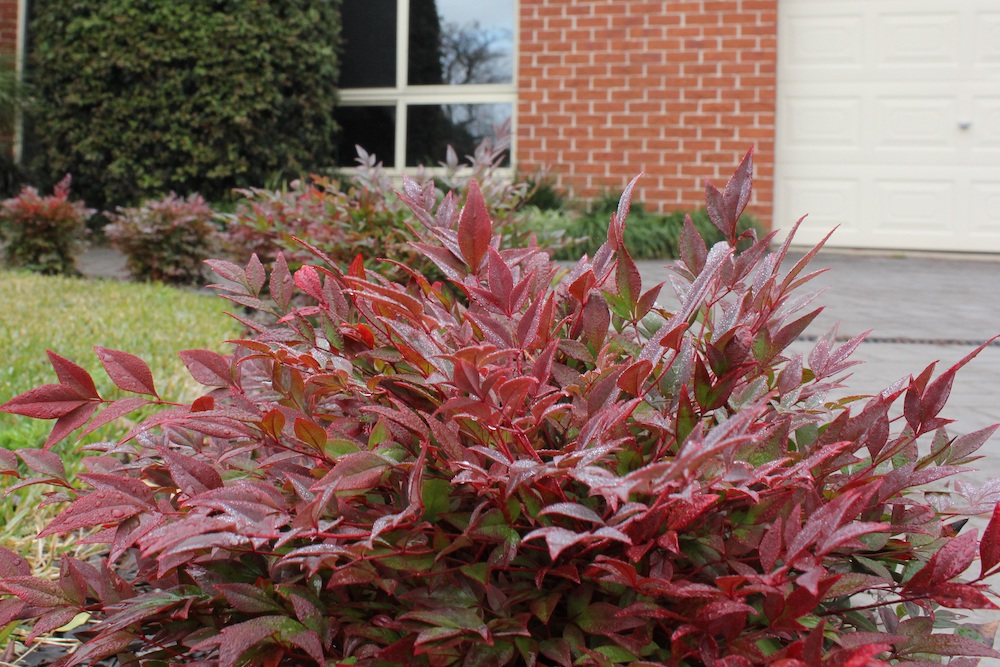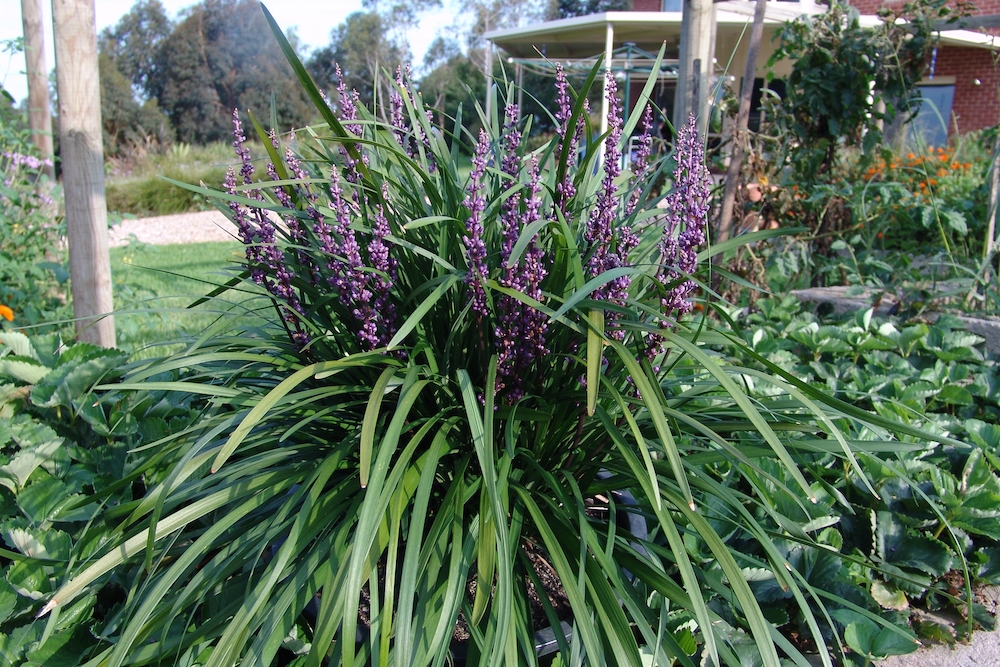Have you ever wondered why worms are so special, and how you can encourage their population in your garden?

Does a Green Wall Count As Green Space? – Ozbreed Plants
Well, let’s look at that question. Firstly we need to be clear – a green wall means one covered in living plants, not a wall painted green!
The concept of a green wall is gaining much favour in recent times. What started as a major landscaping revolution is now available to home gardeners in kit form and makes regular appearances on TV renovation programs.
By definition, a green wall is any vertical space which has plants growing vertically on the surface. It may be as simple as a vine growing over a wall, or as complex as enormous series of planting pockets mounted on the side of high rise buildings, with fully integrated irrigation systems.
Having green space matters. As available land becomes a highly valuable commodity in our cities, less and less is devoted to green space – that is, growing grass, trees or plants.
This has resulted in what is called the heat island effect. The heat island effect describes the phenomenon whereby the mass of concrete, bitumen and hard surfaces in cities and built up areas absorbs and holds heat, making these areas up to 3oC hotter than surrounding natural areas during the day, and as much as 12oC hotter at night.
This is significant in that this small amount of extra ambient air temperature can increase cooling costs within a building by as much as 10%, contributing to climate change through not only increased air temperatures, but also increased energy usage.
Green spaces are seen as key to reducing the heat island effect. Whilst trees are often seen as the most important green coolers due to the shade they provide, other plants and even lawns can play a very significant role in lowering ambient air temperatures – they do this by not absorbing and re-releasing large amounts of heat the way concrete does, and also through the natural process of evapotranspiration (water transpired from the leaves cools the air as it evaporates).
Green space has been shown to have very positive effects on people’s physical and mental health and the social well being within a community.
While there is no dispute as to the value of green space, where to fit it when space is at a premium becomes the problem. Green walls are the logical solution, but do they count as green space?

Green walls certainly do tick many of the boxes required of green space. The plants provide a cooling effect through both evapotranspiration and by shading the walls of the building.
Being in the presence of plants tends to improve people’s moods which aids in improving mental health – people like to look at plants.
By providing an attractive space, people tend to show greater respect and appreciation for an area, increasing social cohesion and even reducing crime.
The plants will be playing a role in improving air quality whether they are growing on the ground or up a wall.
With greater recognition of the value of green space, green walls are becoming increasingly important in playing a very significant role in providing green space in an otherwise concrete jungle – both indoors and out.
In Australia and overseas, having a green wall in a building will contribute to gaining a green rating for that building, which in turn can see higher financial returns on rent or sale.
There are of course some down sides to green walls. They are both more expensive to establish and more expensive to maintain than conventional green space. Greater care needs to be taken when choosing appropriate plants for the situation to ensure success of the green wall as it is a harsher environment than a garden bed tends to be.
Most city councils around Australia are starting to incorporate green walls into their overall greening policies, in spite of these additional costs. When the value of land area in a city is incorporated into the cost analysis, the green wall starts to really stack up.
Councils are also increasingly aware of the difficult to measure value of green space to the health and wellbeing of residents and workers. One report has indicated that up to 2 hectares of suitable external wall area currently exists in Melbourne which could host green walls.
This area of conventional green space is not available so it would seem that green walls (and green roofs) are not only a logical but also perhaps an essential component to increasing green space in our concrete cities.
On a domestic scale, green walls are usually fairly small. Many different DIY systems are readily available to home gardeners. They do certainly play a role in increasing available garden space, especially for people living in units without access to ground area, or the increasingly common very small suburban blocks which do not have much in the way of garden space.

In this situation even a small green wall can play a very significant role in giving a person (s) access to green space within their living environment. These domestic green walls may not be making any significant contribution to overall green space of a city, but they are making a huge contribution to that person’s quality of life.
If you are considering a green wall for your home, it may pay to consult with a professional, or do your research to ensure you choose the right set up for you and the most suitable plants for your green wall.
Domestic systems are often less complex than the large green walls on the sides of buildings, and do not always include watering systems so care needs to be taken to ensure hardy and appropriate plants are used.
This may include ferns, bromeliads or hardy indoor foliage plants, like Little Phil™ Philodendron species ‘PHIL01’ PBR in a shady location or very hardy plants for a sunny spot.
Worth considering for green walls large or small are plants including compact forms of Liriopes such as Pink Pearl™ Liriope muscari ‘VS0001’ PBR, Amethyst™ Liriope muscari ‘LIRTP’ PBR or Just Right® Liriope muscari ‘LIRJ’ PBR.
Compact Lomandras, such as Shara™ Lomandra fluvialtilis ‘ABU7’ PBR, and Tanika® Lomandra longifolia ‘LM300’ PBR do exceptionally well, and the beautiful weeping foliage of Tropic Cascade™ Lomandra hystrix ‘LHWP’ PBR is a real stand out in a green wall.
Plants with variegated foliage, such as Silverlawn™ Liriope muscari ‘LIRSS’ PBR or Lucky Stripe Lomandra hystrix ‘LMV200’ PBR will provide a slight colour contrast, but for an even bigger burst of colour you may want to add some red and purple foliage plants.
Obsession™ Nandina domestica ‘SEIKA’ PBR and Little Ruby™ Alternanthera dentata ‘LRU30’ PBR will bring a green wall to life with their striking coloured foliage.
If you are looking for something a little different for your green wall you may want to consider Westringias such as Grey Box™ Westringia fruticosa ‘WES04’ PBR that has beautiful grey foliage and white flowers, and is drought and wet feet tolerant, or perhaps Mundi™ Westringia fruticosa ‘WES05’ PBR, a low growing ground cover form that grows well in green walls.
Having more plants providing green space in your life seems to be a very positive thing – whether they are growing in the ground or on a wall.
Be sure to always select plants that will work well in your region. For a list of our Top 10 Green Wall plants for your state or region Click Here.




This Post Has 0 Comments